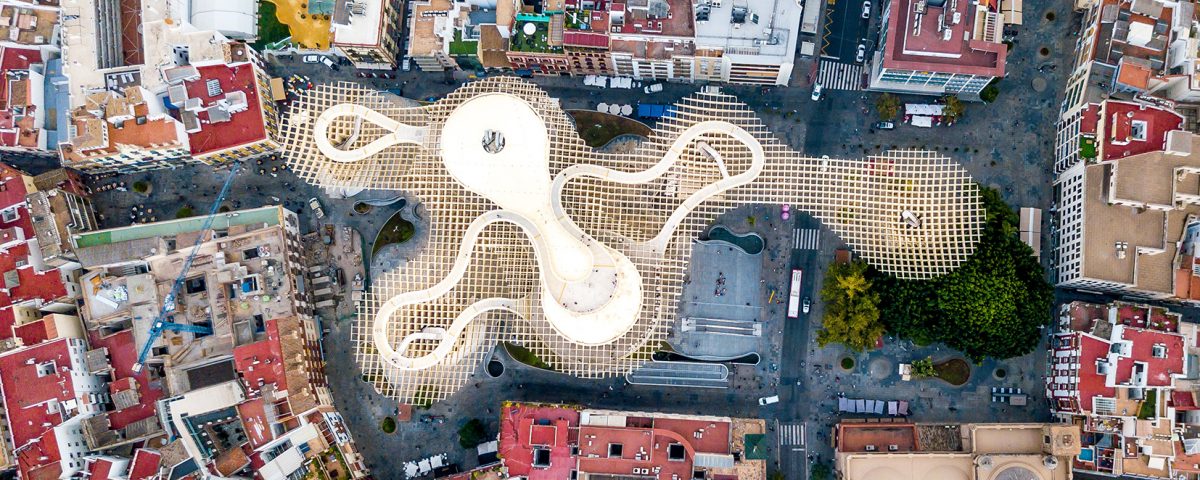
SOBRE EL USO OBLIGATORIO DE LA MASCARILLA EN ANDALUCÍA
15 julio, 2020
ME DIVORCIO Y LA CASA ES MIA ¿ME PUEDEN ECHAR?
16 septiembre, 2020CAMBIOS NORMATIVOS EN EL URBANISMO EN ANDALUCÍA

José Luis Borreguero. Abogado.
Desde el 1 de septiembre de 2.020, se halla en vigor el Texto Refundido de la Ley Concursal (TRLC), vigente desde el año 2003 y que, durante estos años, ha sufrido innumerables modificaciones.
Con el Texto Refundido se pretende unificar en un solo texto, todas aquellas normas que tratan o regulan esta materia, y realizar de una forma más ordenada, la trasposición de la Directiva 2019/1023 del Parlamento Europeo y del Consejo, de 20 de junio de 2019, que tiene como finalidad establecer mecanismos de alerta ante el riesgo de insolvencia, dar una regulación más completa a los procesos de reestructuración preventiva de las deudas, simplificar el derecho concursal, aligerar costes y ampliar las posibilidades de obtención del beneficio de liberación de deudas.
Aunque pueda sorprender, no es de extrañar que la anterior Ley Concursal tuviera 242 artículos, mientras que el nuevo Texto Refundido cuenta con 752 artículos divididos en tres Libros: Concurso de Acreedores, Derecho Preconcursal y Normas de Derecho Internacional Privado.
El Libro I, que contiene los principios básicos del Concurso de Acreedores, presupuestos objetivos y subjetivos, deberes y obligaciones, etc.; el Libro II, que se dedica a establecer las normas referidas a la situación preconcursal, como los acuerdos extrajudiciales de pagos o los acuerdos de refinanciación; y el Libro III recoge las normas de derecho internacional privado que vienen a regular las relaciones entre distintos ordenamientos jurídicos en caso de que el concurso tenga elementos internacionales, ley aplicable, la territorialidad del concurso y el reconocimiento de procedimientos seguidos en el extranjero.
El Gobierno ha comunicado que, en el plazo de un mes desde su publicación, se editará una “norma de correspondencia” entre los antiguos preceptos y los actuales, a los meros efectos informativos y para la mejor localización de los nuevos preceptos en el nuevo Texto Refundido.
Por último, hay que indicar que el Texto Refundido de la Ley Concursal no supone la derogación de las medidas concursales urgentes que se han aprobado con ocasión de la crisis del COVID-19, como el Real Decreto-ley 16/2020, de 28 de abril, entendiéndose que temporalmente convivirán ambas normas.
Photo by Chris Davis on Unsplash
Este artículo es informativo y no constituye un asesoramiento personalizado para usted.
Si usted desea resolver una consulta relacionada con esta temática o cualquier otra, puede contactarnos a través de este formulario.





